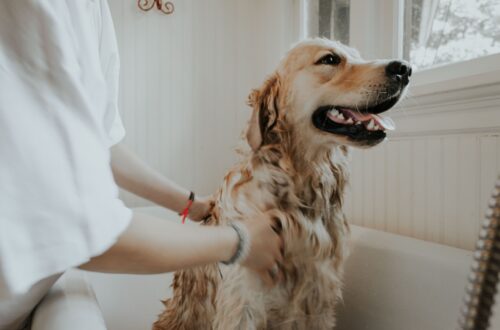6 easy ways to find a good dog training professional
Finding a decent dog trainer is a difficult task.
With so many people advertising in the field of professional dog training nowadays, it can be difficult to know who is genuinely trained to care for your dog. When looking for a professional to assist you with dog training, keep the following in mind:
1) A good reputation; ask your veterinarian, other dog owners, or local kennel groups for recommendations.
2) Knowledge. – Inquire about their background, such as the amount of years they’ve worked in the field.
3) A sincere affection for and commitment to dogs.
4) In-depth and up-to-date knowledge Attending dog training and animal behavior courses, conferences, seminars, and workshops keeps dedicated trainers up to date.
5) Their training methods and management abilities. The well-being of the dog should be a top priority for any excellent trainer.
6) Belonging to respectable organizations, groups, and training clubs.
Dog obedience hints in general
Both you and your dog should find training to be a positive and fun experience. Do not begin training if you are not in the correct attitude. Always give your dog a treat when he or she obeys your directions quickly! Any item that your dog desires and is willing to work for can be used as a reward. Treats are a natural choice, but alternative options include verbal praise and toys. A series of shorter sessions is usually preferable to a single long one. There should be no negative elements or punishment in training. There should be no yelling, no smacking or beating, no jerking of choking chains or collars, and no electric shocking! Each training session should be entertaining and rewarding, with incentives for good work.
Head collars are used in training.
One of the few unpleasant aspects of raising a new puppy or dog is pulling on the leash. Over the last few years, using a head collar for dog training has grown increasingly popular. The use of a head collar for training has some advantages over using a regular training collar. Although head collars are simple to use, it is critical that they be properly fitted and your dog is appropriately introduced to the collar. Traditional training collars are more difficult to use than head collars. When it comes to restraining dogs in stressful conditions, head collars are extremely efficient.







